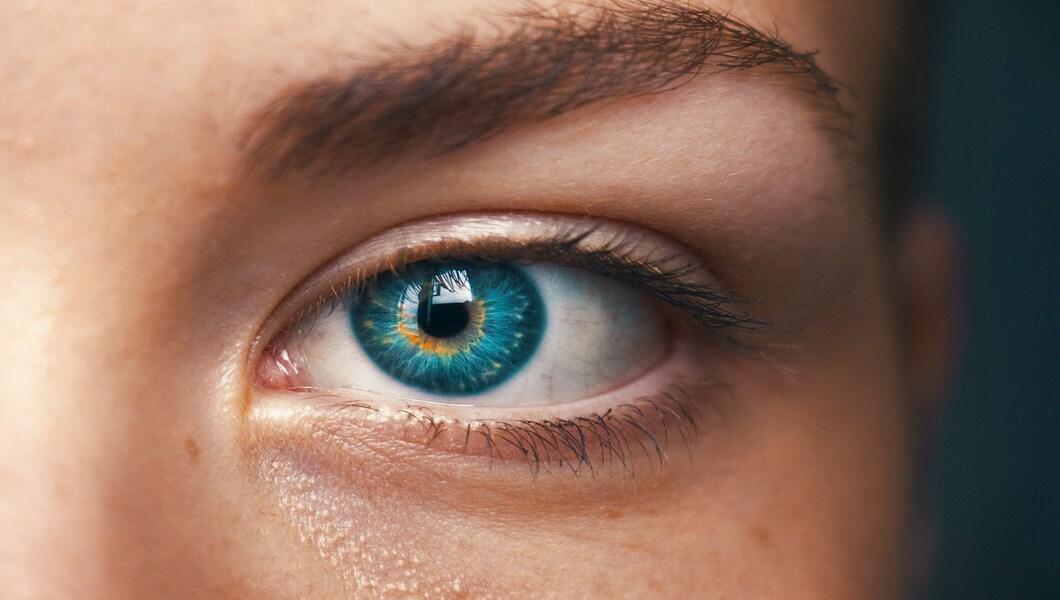
Control is required. Almost six out of ten diabetics do not check their vision once a year, despite the recommendations of experts.
That's the conclusion of a study by scientists at Wills Eye Hospital in Philadelphia and the US Centers for Disease Control and Prevention (CDC). Of the 2,000 patients aged 40 and over, nearly six in ten (58%) said that they do not take the necessary annual examinations. "It is known that the majority of people with Diabetes Mellitus (SD) develop lesions in the fundus of the eye," says George Kalantzis, FRCOphth, FEBO, Associate Professor of Ophthalmology at the University of Leeds, University of Great Britain and Director of British Clinic St. James Hospital, Leeds, UK. "The severity of the infection," he adds, "is usually related to good or bad blood sugar management, as well as early diagnosis. It is unfortunately true that a significant percentage of patients with S.D. they do not do the annual ophthalmological examination as they should ".
Diabetes has increased dramatically in recent years. According to representatives of the Panhellenic Federation of Associations - Associations of People with Diabetes about 11% of the general population suffers from the disease. People with type I diabetes are estimated at 190,000 and those with type II diabetes at 990,000. As Professor G. Kalantzis emphasizes, "when diabetics do not regularly check their eyesight, the consequence is that the damage that develops in the fundus of the eye, the so-called diabetic retinopathy, is the main cause of blindness in people aged 20-60 years. "We also need to keep in mind that diabetic retinopathy is the fifth most common cause of blindness, which can be prevented if diagnosed and treated early."
Examinations for patients with SD
The examinations required once a year for patients with S.D. include checking the fundus in the eye (bottomoscopy), as well as measuring intraocular pressure, because there is an increased risk of developing glaucoma. These tests help in the early diagnosis of any lesions in the eye due to diabetes and therefore in their timely treatment.
Ophthalmological examination is necessary
Ten years after the diagnosis of diabetes, all patients show from minimal to severe retinal lesions. In addition, it has been estimated that patients with incurable diabetes are 25 times more likely to lose their sight than the general population. As Professor G. Kalantzis emphasizes, "the need for annual ophthalmological examination of patients with SD. should be indicated by doctors who regulate blood sugar (Diabetologists, Endocrinologists, Pathologists). The media can play a very important role by announcing the necessity and usefulness of the annual ophthalmological examination in patients with SD.
When diabetes remains unregulated it results in the possible occurrence of serious complications. These are due either to damage to the small blood vessels (microangiopathy) or to damage to the larger blood vessels (macroangiopathy). The first lesions appear on the retina of the eyes, the kidneys and the various nerves of the body. About 21% of people with type 2 diabetes have already developed diabetic retinopathy when diagnosed with diabetes. Nearly 100% of people with type 1 diabetes and more than 70% of people with type 2 diabetes develop diabetic retinopathy, in most cases without vision loss, according to a report by Johns Hopkins University.
The first signs of diabetes in the eye:
• Usually the first signs of diabetes from the eye are observed in 95% of patients with insulin-dependent diabetes (type 1) after 15 years from the onset of diabetes.
• In diabetics who developed the disease at an older age we usually see them during the ophthalmological examination (type 2).
• Diabetic lesions in children with juvenile diabetes usually occur in adolescence.
Diabetic eye disease is the leading cause of vision loss.
Diabetic retinopathy
Diabetic retinopathy is due to the "poor quality" of blood vessels, leakage from their walls and blockages. It also causes fluid to accumulate in the macula, resulting in loss of central vision. Blockage of blood vessels causes reduced oxygenation in the eye, which leads to the formation of new blood vessels in order to get more oxygen to the tissues. Unfortunately, these new blood vessels penetrate the vitreous, bleed and suddenly cause significant vision loss that can be treated with surgery (vitrectomy and Laser photocoagulation). In advanced stages it causes retinal detachment. It has also been observed that diabetes accelerates the onset and progression of cataracts, a disease that blurs the lens of the eye and is treated with surgery.
Symptoms of diabetic retinopathy
There may be no symptoms at first, as the type of damage usually caused by diabetes is gradual and therefore difficult to detect. When symptoms do occur, they depend on the ocular tissue and include:
• Myopias and photopsies
• Blurred vision
• Dark spots
• Loss of vision
• You have color perception disorders.
These symptoms are difficult to detect and for this reason we recommend diabetics to check their eyes at regular intervals. Eye care and vision protection for diabetics: Adequate diabetes control significantly reduces the risk of eye and vision damage.
The most important measures for the protection of vision that the diabetic patient can take, are:
• To undergo regular ophthalmological examination every year.
• Contact your ophthalmologist immediately if he notices any changes in his vision and does not wait for your next scheduled visit.
• To check his blood sugar levels daily.
• Check his blood pressure daily.
• Check your cholesterol regularly.
• Stop smoking.
Diabetes is a tedious and insidious condition that needs a lot of attention. Therefore, to protect your eyes from it, you do regular eye examinations, follow the instructions of experts, because early diagnosis can be life-saving for your eyesight.